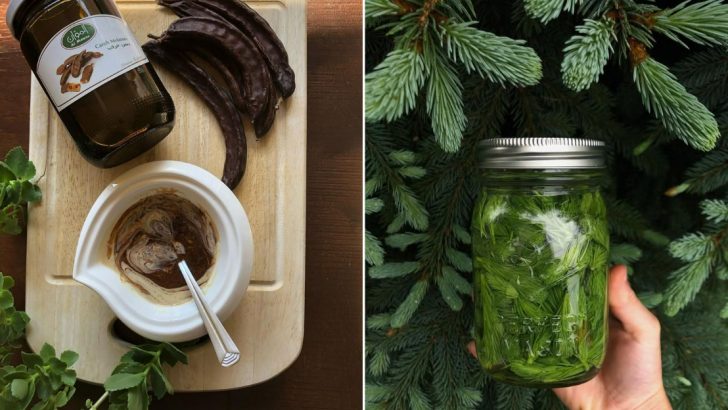Step back in time and rediscover long-lost treasures that once ruled bustling kitchens and rural farmhouses. These 23 vintage ingredients are reemerging in the culinary spotlight, proving they have far more to offer than a nostalgic nod.
Every item here carries a deep history, steeped in tradition and brimming with flavor potential.
Whether you’re a devoted home cook or just love exploring new tastes, these classics are sure to inspire your next meal.
1. Molasses
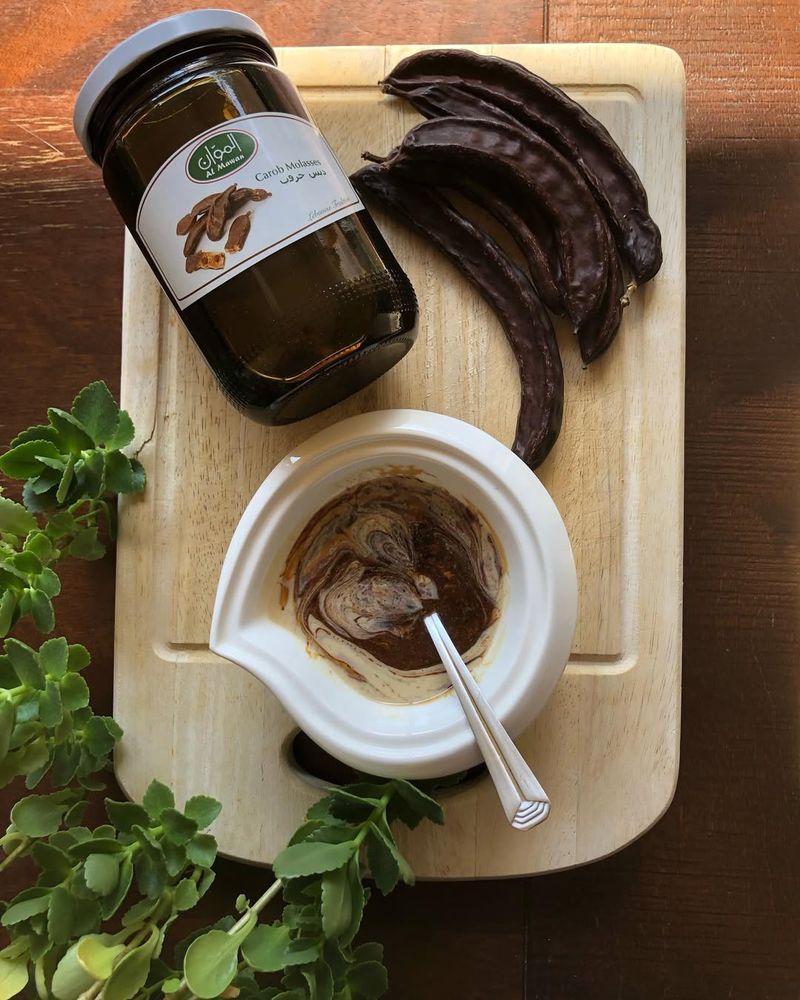
A sweetener that once graced frontier pantries, molasses is syrupy, smoky, and packed with old-world charm. Harvested from sugarcane or sugar beets, it has been used for centuries to add depth to baked goods and savory dishes alike.
Modern chefs have embraced it for its robust sweetness and subtle hint of bitterness that rounds out barbecue sauces, marinades, and homemade ginger cookies. Its haunting flavor profile transforms basic recipes into something richer and more comforting.
2. Lard

At first glance, rendered pork fat might seem like a product of yesteryear. Yet lard once held a place of honor in any baker’s kitchen, providing the secret to flaky pie crusts and tender biscuits.
Today, it’s finding fresh fans among those who appreciate its clean flavor and ability to transform pastry dough into airy, melt-in-your-mouth delights. After decades overshadowed by butter and shortening, lard is making a quiet but triumphant comeback.
3. Sorghum

Sweet syrup pressed from the sorghum grain, this ingredient has southern roots stretching back generations. It exudes a mellow sweetness that feels earthy and comforting, much like honey but with a more rustic edge.
Enthusiasts drizzle it over biscuits or cornbread, relishing its warm, molasses-like flavor. Modern chefs experiment with sorghum in everything from dressings to cocktails, celebrating its place as a versatile sweetener that ties tradition to innovation.
4. Suet
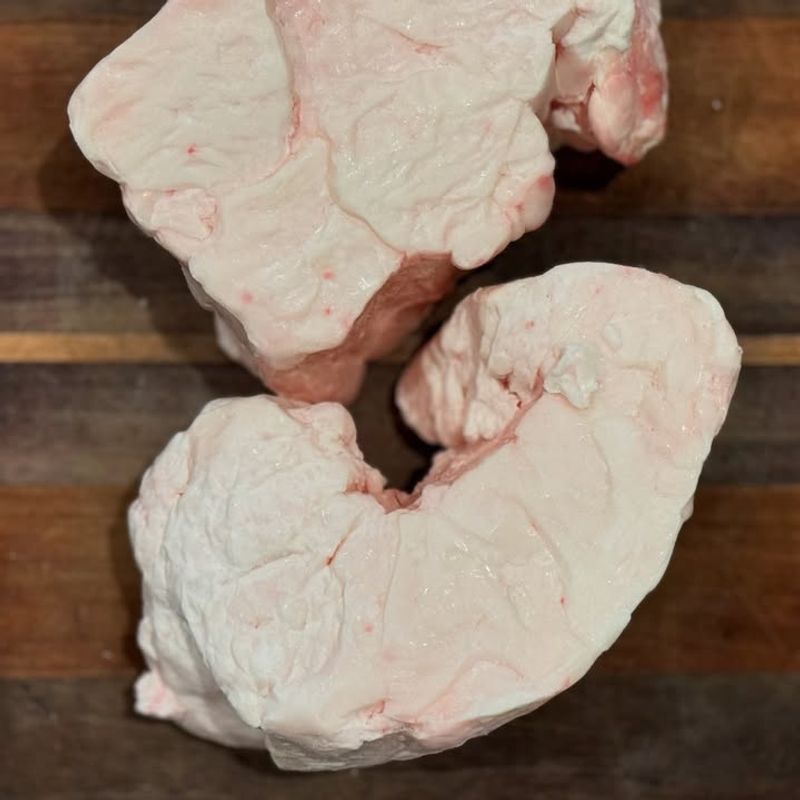
Hard, raw beef or mutton fat might sound intimidating to the uninitiated. Historically, it was crucial for creating buttery British puddings, moist mincemeat pies, and flaky pastries.
While suet once fell out of favor, chefs now rediscover its unique ability to create tender textures in baked goods. Its high melting point and mild flavor form the backbone of certain heritage recipes that taste like a cozy trip back in time.
5. Pickled Beets
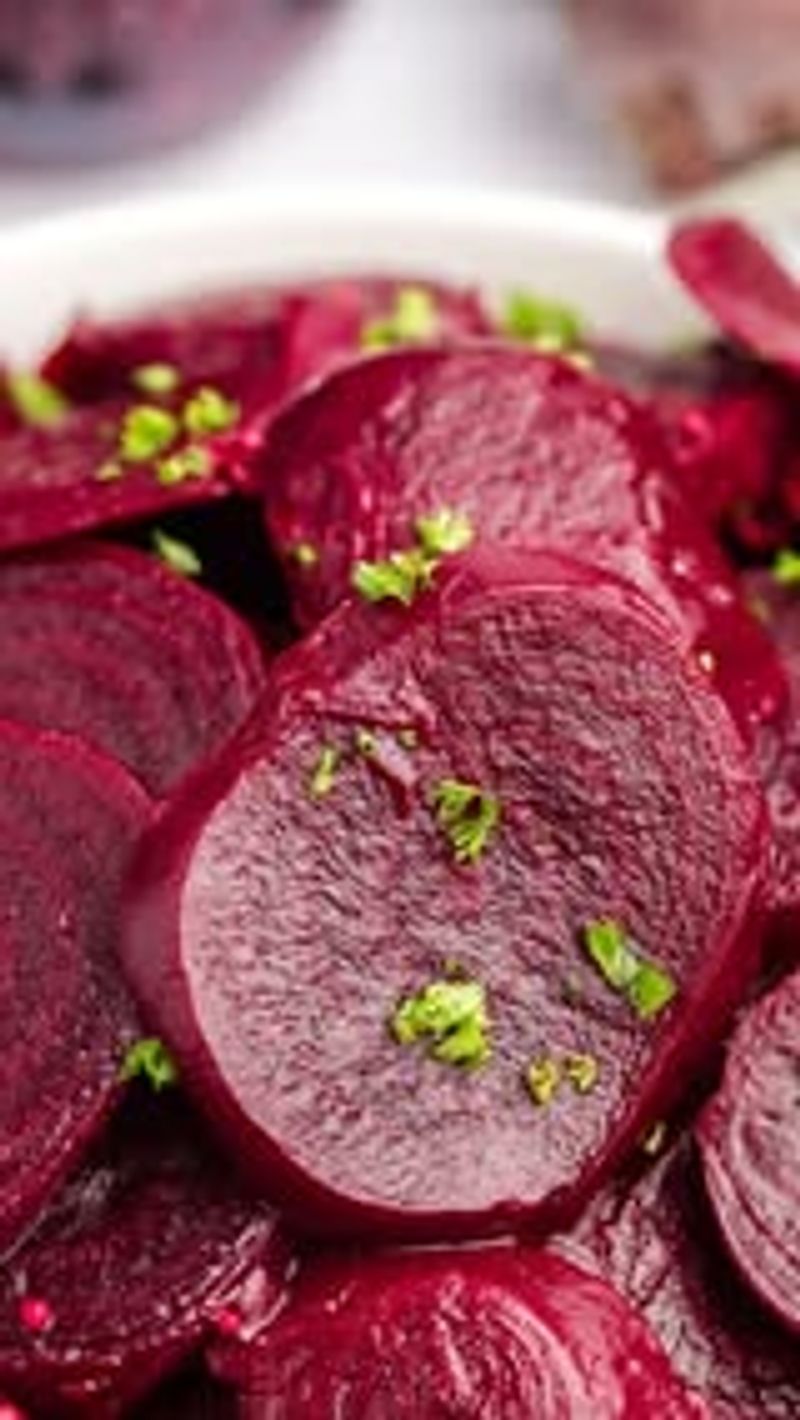
Tangy, jewel-toned beets have been a staple in root-cellar storing for centuries. Vinegar transforms their sweet earthiness into a bright, piquant side dish.
Grandparents often served these as part of a hearty winter supper, and now they’re finding a place on modern charcuterie boards. Their vivid purple hue and crisp acidity bring refreshing contrast to rich meats or creamy cheeses.
6. Rhubarb

Long, tart stalks that conjure memories of springtime pies and farmhouse kitchens. Once prized as the perfect partner to strawberries, rhubarb’s tang offers a satisfying sour punch.
Currently, innovative chefs and home bakers alike pair it with ginger or transform it into compotes, jams, and cocktails that celebrate its invigorating flavor. This rosy-hued vegetable (yes, it’s technically not a fruit) remains a darling of seasonal desserts everywhere.
7. Quince
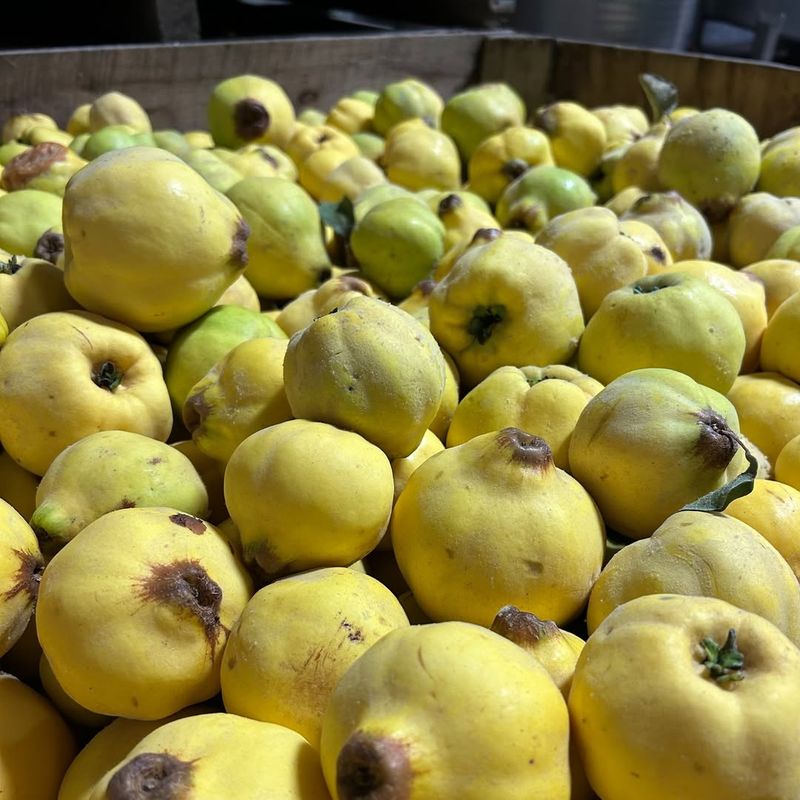
A cousin to apples and pears, quince stands out for its firm, slightly astringent flesh. Centuries past, it was simmered into perfumed jams or baked into fragrant pastries that graced royal tables.
Present-day gourmands adore its transition from rock-hard rawness to silky sweetness when cooked. Its subtle floral notes and delicate pink hue, revealed through slow poaching, are pure enchantment on a plate.
8. Hominy
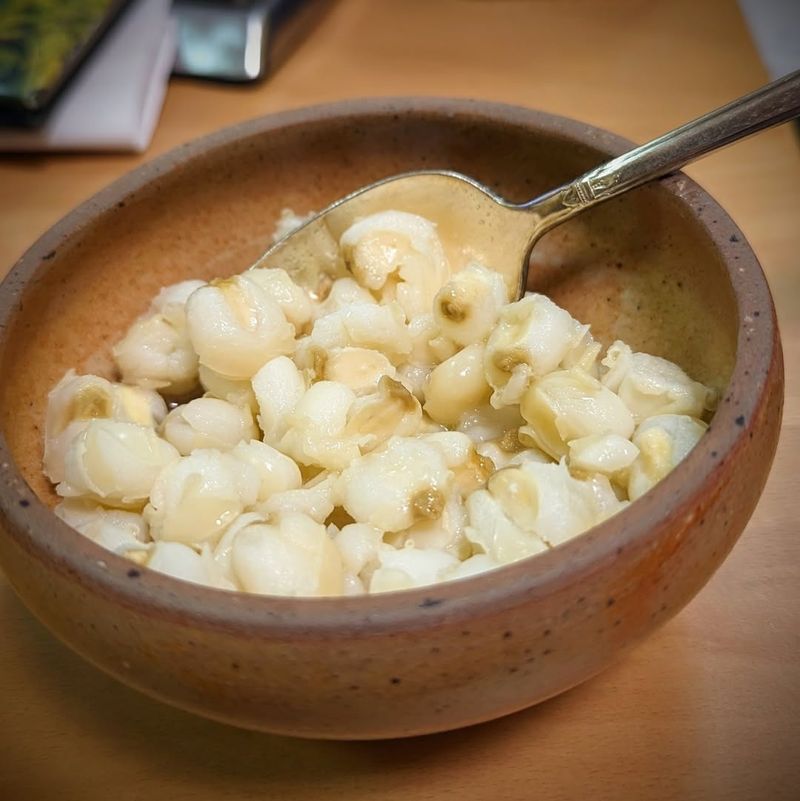
Dried corn kernels treated with alkali, hominy has been a cornerstone of Native American cuisine for millennia. Its plump, chewy texture and subtly sweet flavor give soups and stews a rustic heartiness.
Modern menus see hominy in posole, grits, and creative vegan bowls, reminding us of its ancient roots. The satisfying bite and mellow corn essence make it a treasured staple for comfort food connoisseurs.
9. Buckwheat

Earthy, nutty buckwheat once fueled peasants across Europe, offering a hearty alternative to wheat. Its dusky flavor and strong character make it a favorite in pancakes, noodles, and rustic breads.
Health-conscious cooks rejoice in its gluten-free status and high protein content, while nostalgic souls rediscover its satisfying chew. When used thoughtfully, buckwheat infuses recipes with a distinctive depth that’s hard to replicate.
10. Sassafras

Sassafras roots have historically flavored everything from root beer to teas, imparting a gentle spice and sweet woodsy note. Despite controversy over its potential health concerns, it remains a symbol of rustic American brews.
Small-batch artisans find ways to safely capture sassafras’s essence, weaving it into syrups and craft beverages. Tasting it is like a flashback to frontier homesteads and old-fashioned soda fountains brimming with homemade charm.
11. Elderflower
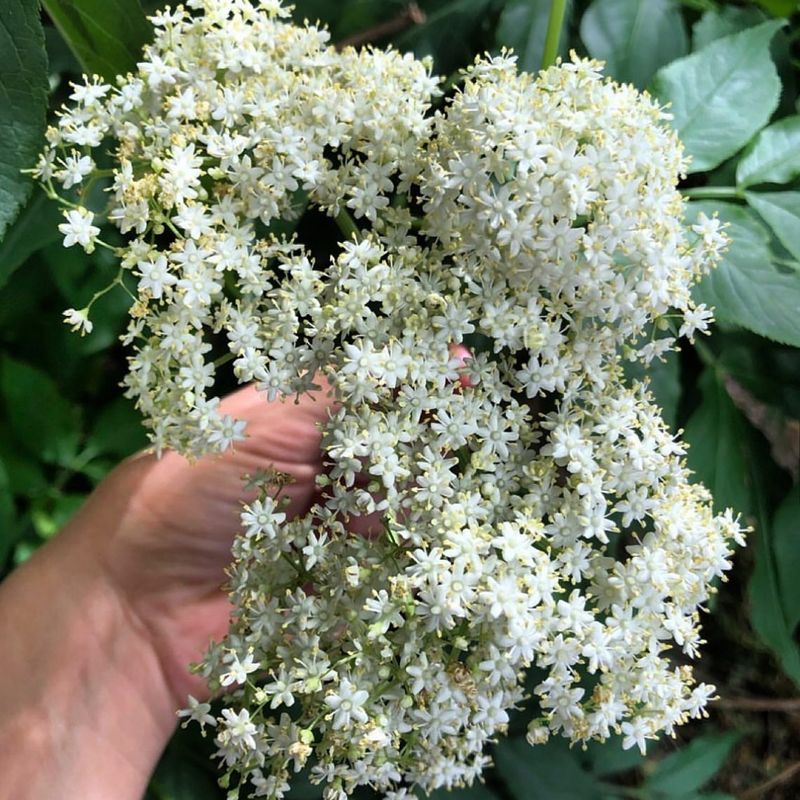
Delicate blossoms prized for their subtle, floral perfume. Elderflower once lent its airy sweetness to cordials and herbal remedies across Europe.
Now, it’s reappearing in sophisticated cocktails, fruit preserves, and airy desserts. The flavor is a gentle caress on the palate, evoking images of lush English gardens and sun-dappled orchards.
12. Rosewater

Perfuming Middle Eastern pastries for centuries, rosewater evokes gardens laden with blossoms under the hot sun. Its aroma is both heady and comforting, transforming simple syrups, custards, or teas into elegant indulgences.
Chefs worldwide now experiment with rosewater in frosting, ice cream, or even savory marinades. A touch imparts an exotic flair that gently reminds us of palatial feasts and old-world romance.
13. Barley Malt Syrup
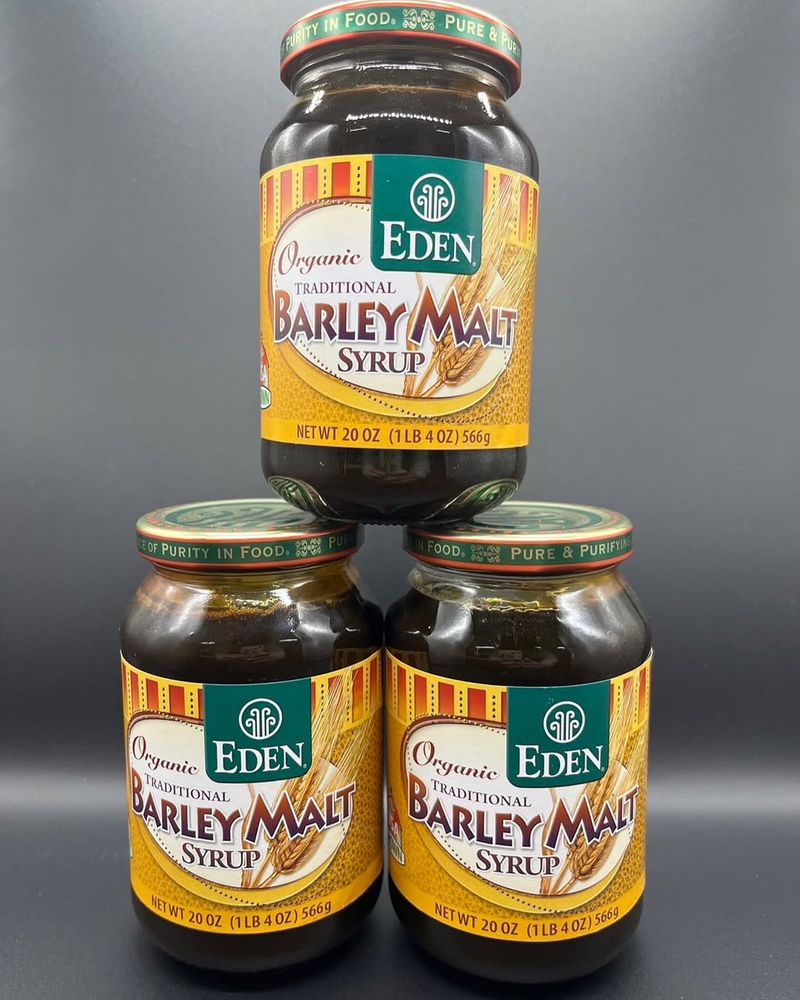
Sprouted barley, roasted and simmered to a sweet, dark extract reminiscent of molasses—barley malt syrup has fueled breads and beers since ancient times. Its smoky, caramel undertones add dimension to sauces and baking.
Health-conscious bakers are embracing it again for its minimal processing and robust flavor, weaving it into artisanal loaves or craft brews. Each spoonful conjures images of rustic malt houses and the warm fragrance of fresh loaves cooling on wooden racks.
14. Bone Marrow
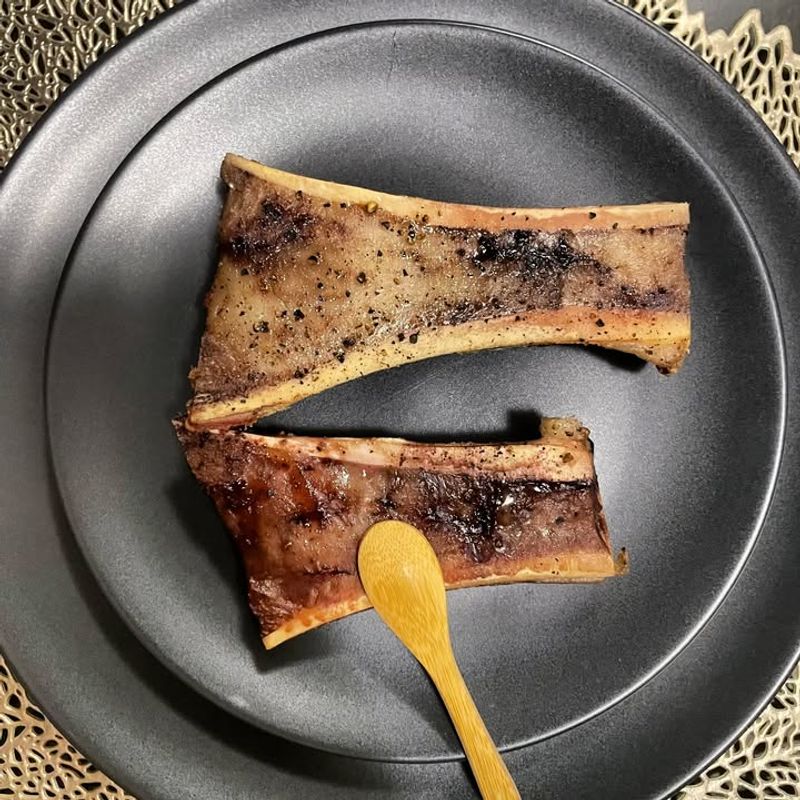
Long praised for its silky texture and nutrient richness, bone marrow was once a thrifty chef’s secret weapon for rich soups and stocks. A single roasted marrow bone yields a butter-like savor that transforms even the simplest dish.
High-end restaurants now feature this delicacy as a spread or topping, appreciating its primal luxury. It’s a back-to-basics flavor bomb, bridging peasant cooking and modern gastronomy with unexpected finesse.
15. Golden Raisins
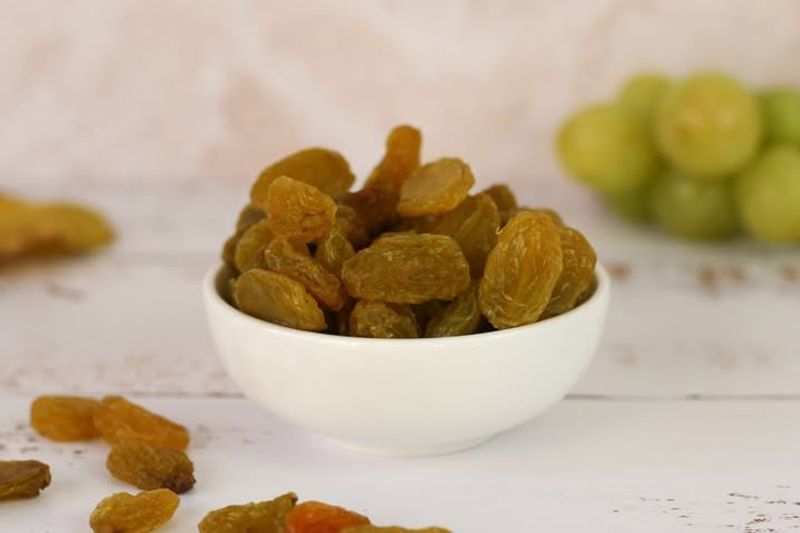
Sunnier cousins of their darker counterparts, golden raisins bring a mild, honeyed sweetness to cookies, salads, and pilafs. Their plumpness and gentle flavor once made them a prized addition to festive fruitcakes.
Recent interest in heritage baking rekindles the glory of these golden gems, boasting a softer bite and nuanced taste. They effortlessly elevate everyday dishes, proving that sometimes a little sweetness can light up your plate.
16. Pearl Onions
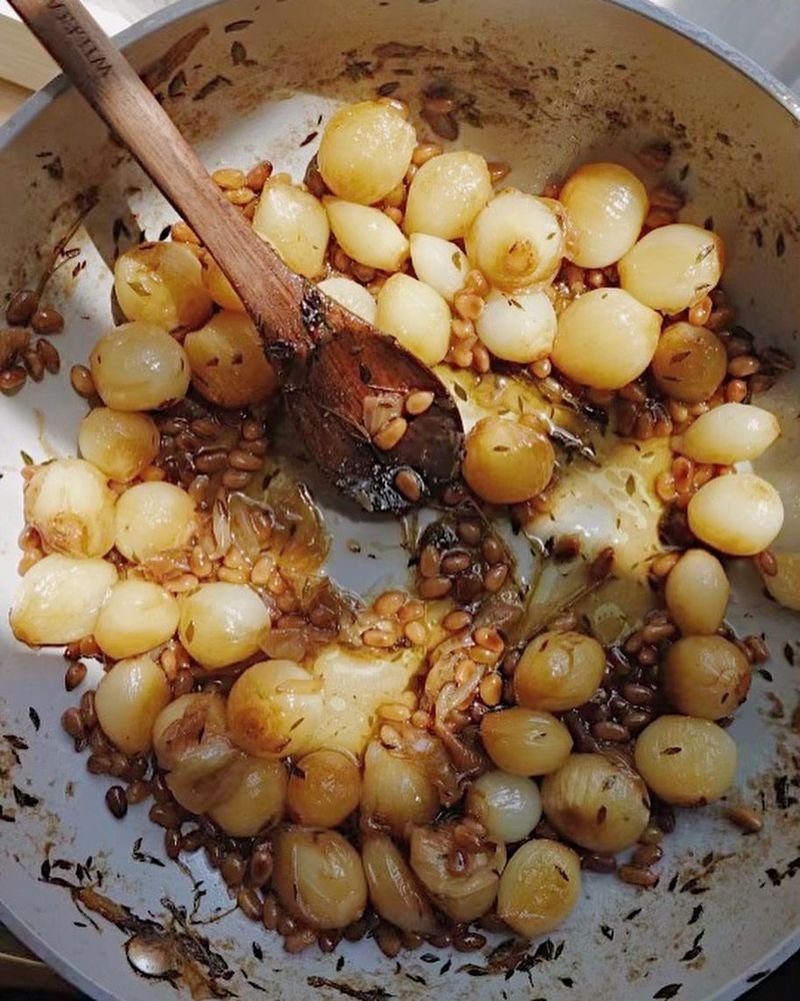
Small, sweet onions cherished for their tender bite and delicate flavor. Historically, they starred in casseroles and pickles, adding a gentle allium note to family feasts.
Contemporary chefs showcase them braised in rich sauces or roasted to deepen their caramel undertones. Their diminutive size and mild sweetness delight the palate, stirring up cozy memories of holiday spreads.
17. Spruce Tips

Young spruce shoots, harvested at their tender stage, yield a bright, citrusy essence. Long used by Native peoples to brew teas and add zest to game meats, these evergreen tips bring forest-fresh complexity to modern cuisine.
Experimenting cooks slip them into syrups, shortbread, or even cocktails. The resulting flavor is a crisp nod to the northern woods—a gentle reminder of nature’s bounty just waiting to be gathered.
18. Amaranth

A nutty, protein-rich grain embraced by ancient civilizations, amaranth was revered for its fortifying properties and distinct flavor. Its tiny seeds, when cooked, form a creamy, slightly crunchy base for soups or porridges.
Nutrition enthusiasts celebrate its high nutrient density, while gourmet bakers fold it into breads for an earthy twist. Taste it and sense the echoes of centuries-old fields where tradition and sustenance intertwined.
19. Dandelion Greens
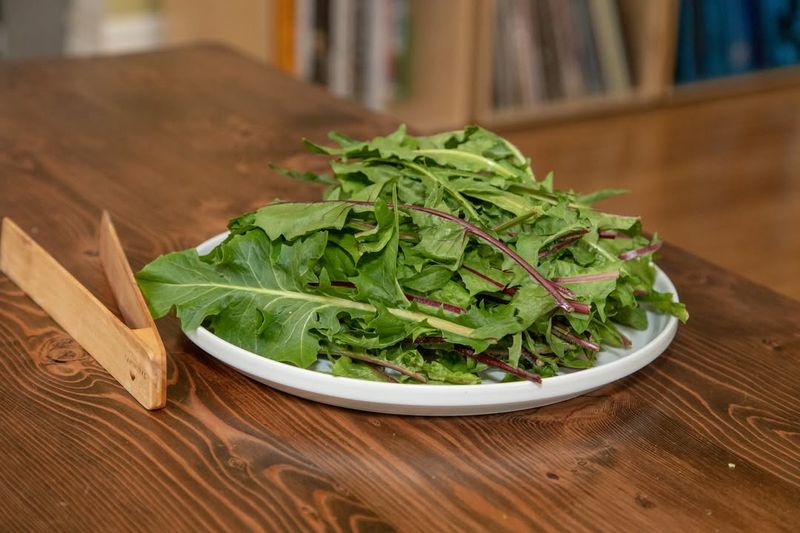
Spiky leaves with a bitter, peppery profile. Dandelion greens once filled foragers’ baskets, fueling rustic diets before supermarket produce was a thing.
Today’s farm-to-table movement has rediscovered their potential—wilting them in olive oil or mixing into salads for a bold, healthful kick. The flavor might surprise you, but it’s a pleasant reminder that sometimes the best ingredients grow just outside our door.
20. Sorrel

Tangy, lemony leaves that jolt your taste buds with refreshing bite. Sorrel was a staple in medieval kitchens, adding brightness to soups and sauces when citrus was scarce.
Modern chefs rejoice in its capacity to liven up fish dishes or swirl into creamy soups, lending a zesty lift. The sharp, clean flavor feels simultaneously ancient and contemporary, bridging the centuries with each invigorating bite.
21. Caraway Seeds

Pungent, slightly bitter seeds once essential to hearty rye breads and old-world sausages. Caraway’s distinct taste conjures images of rustic European taverns where dense loaves and spicy stews reigned supreme.
These days, creative cooks scatter caraway on roasted vegetables or fold it into slow-cooked meats, rediscovering its timeless power. It’s a flavor that tests boundaries, yet rewards with a warm, intriguing complexity.
22. Nasturtium

Peppery flowers and leaves that bring a bright splash of color to salads and garnishes. Once favored by cottage gardeners, their lively hue and mild spiciness deliver a pleasant surprise on the plate.
Now, farm-to-fork enthusiasts and home cooks alike celebrate nasturtium’s whimsical flair. The crisp bite and pop of color remind us that nature sometimes provides the best seasonings and the most vibrant palette.
23. Blackstrap Molasses
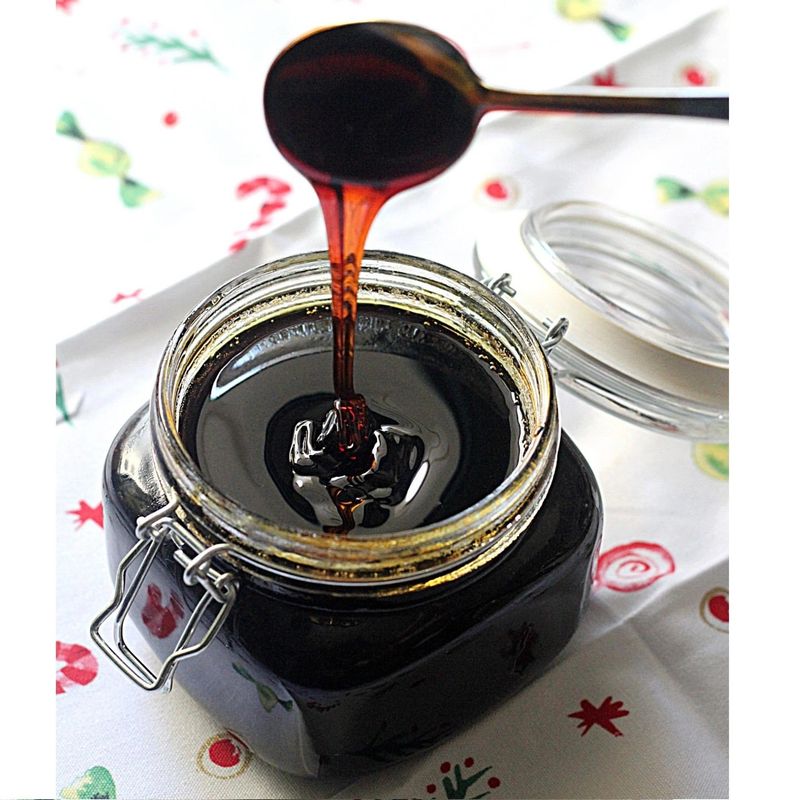
Darker, more robust than traditional molasses, blackstrap is the deepest expression of sugarcane’s rich soul. Its intense, almost bitter-sweet complexity marks it as an acquired taste, used sparingly for maximum impact.
Modern cooks add it to sauces, marinades, and bold desserts, lending a smoky undertone that whispers of old-fashioned candy pulls and wood-burning stoves. This inky elixir stands as a triumphant reminder of how a single ingredient can echo centuries of heritage in one small spoonful.

